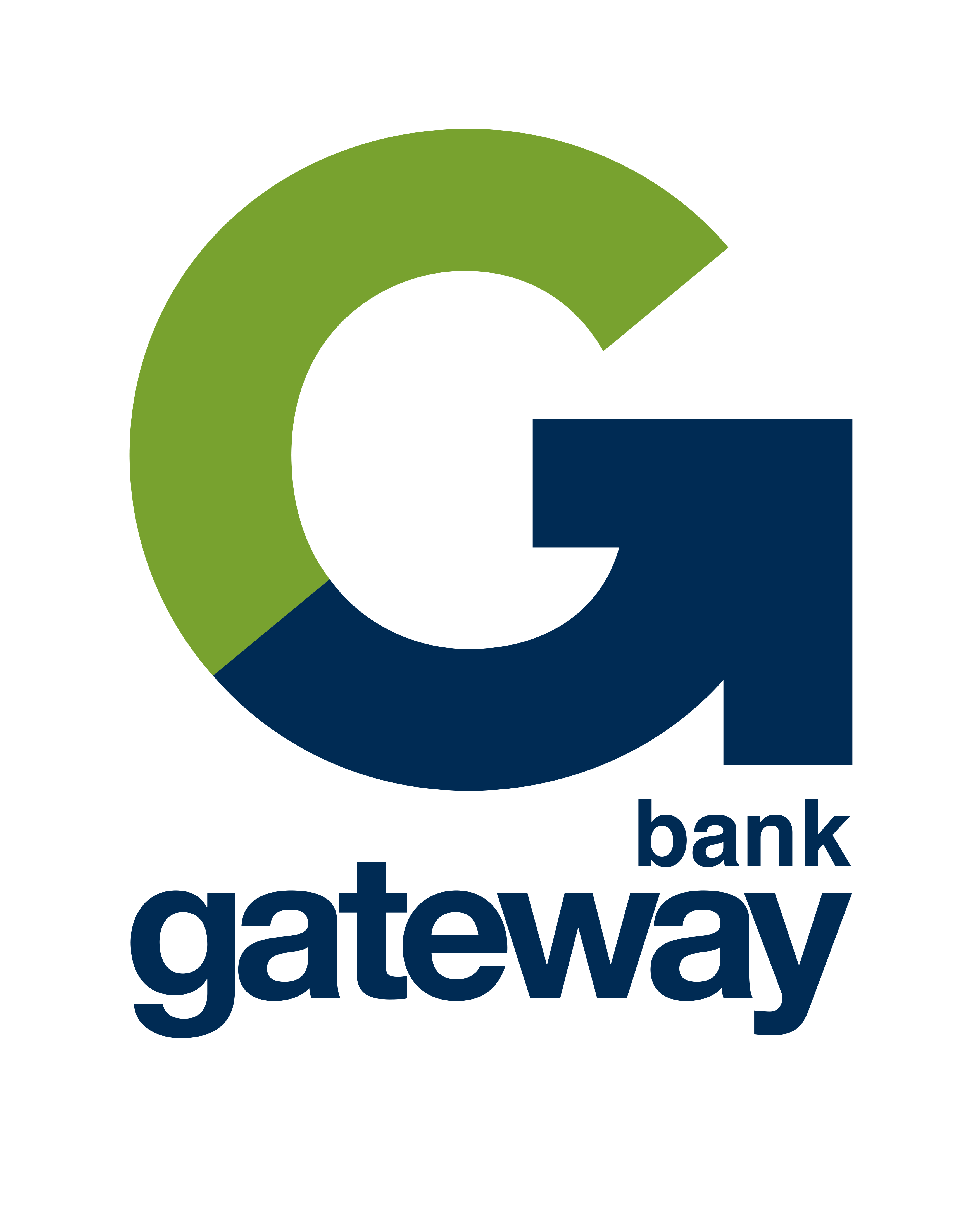New to budgeting? Don’t sweat it!
Life is like a river, you have to go with the flow. But what happens when you’re unprepared and find yourself faced with the financial burden of life’s little surprises?
Achieving financial freedom requires determination and discipline. The first step – creating a budget – may seem grueling, but it’s a fundamental part of managing your finances.
Thankfully, it’s easier than ever before to get your finances in order thanks to the wide range of budgeting apps and digital tools available to meet every financial goal and money-management style.
To get started, you’ll need to know the basics: your income, fixed expenses and discretionary spending. Ideally, you’ll look to take stock of these monthly.
|
When factoring your income into a budget, make sure that you’re looking at your net income – that’s the amount you receive after tax and super.
|
Fixed expenses are the monthly expenditures that don’t change from month-to-month and refer to necessities – or things you need to maintain the quality of life you want. You should know exactly how much each fixed expense will cost you every month, or at least have a rough idea of what it might be – in the case of electricity or gas bills, for example.
|
Discretionary expenses, unlike fixed expenses, refer to the money you spend on luxuries and non-necessities, or in other words, the things you can live without.
|
Once you’re armed with information on your income, fixed and discretionary expenses, you can then decide which budgeting strategy and tools will work for you and your personal financial goals. We run through some of the best and simplest below.
Beginner budgeting strategies
50/30/20: This budgeting strategy is one of the most popular with those starting out thanks to its simplicity. Essentially, it suggests that 50% of your income is allocated to needs, 30% to wants and 20% towards savings and financial goals. With the information you’ve gathered during the first part of this budgeting exercise, you can assess whether you need to add or subtract expenses from the separate areas.
YNAB: YNAB stands for You Need a Budget. It’s a subscription-based budgeting software which relies on a 4-step method to help users achieve financial freedom. The first step prompts users to allocate a purpose to every dollar you earn, the second is to break bigger expenses into affordable monthly bills, the third step is to be flexible with your budget – shifting money from other areas if you overspend in one area, and finally, to eventually only spend money that’s more than thirty days old – ultimately achieving the goal of breaking free from living pay check to pay check.
Envelope budgeting: Envelope budgeting takes an old-school approach to money management, by separating your monthly income into separate envelopes according to purpose. Traditionally this meant taking money out of your bank account and separating your cash into each envelope but with digital banking now so pervasive, you could establish several bank accounts and treat them like your very own ‘envelopes’.
If you’re a mortgage holder, you should think about opening up multiple offset accounts. The balance on these accounts offsets the interest that accrues on your mortgage and, as a bonus, they can be used as transactional accounts, so you save by default!
Automate your savings: The most effective way to save is to set and forget. Setting up automatic and regular payments into your savings account will make it easy to save because you won’t even have to think about it. Automation may not be the best way forward for everything but when it comes to saving, scheduled transfers may just give you the push you need to succeed in your savings goals.
Personal finance apps
Finally, complement your chosen budgeting strategy with one of the many personal finance apps available to help make managing your money even easier!
Raiz, previously known as Acorns, is a great tool for those interested in investing. It uses ‘round-ups’ – the spare change captured from rounding up your transactions to the nearest dollar – to micro-invest your loose cash into shares. The app also connects seamlessly to your transaction account, providing you with an intuitive platform with which to track your money on.
Similarly, Australian-developed app Pocketbook also connects to your bank, tracking your income and expenses automatically.
Finally, your very own Gateway 2go app is the perfect partner in crime when it comes to managing your finances. You can transfer between your Gateway bank accounts seamlessly, automate transfers into your savings accounts and keep an eye on your spending.
Now that you’re equipped with everything you need to start budgeting, take the leap and you’ll find yourself reaching the finish line to financial freedom in no time!





